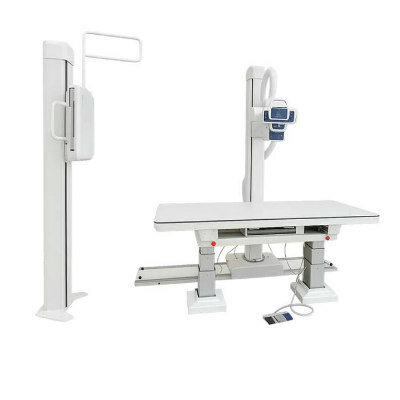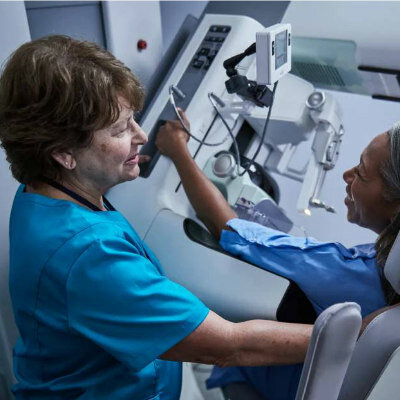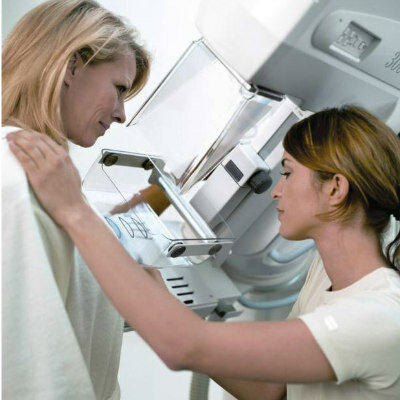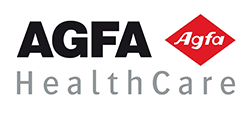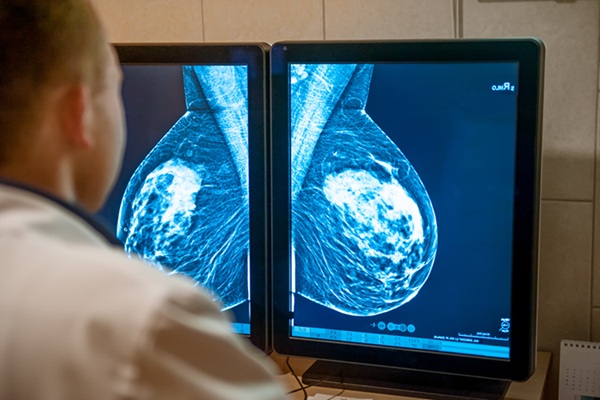Updated Recommendations Support Yearly Mammograms Beginning at 40
By MedImaging International staff writers
Posted on 08 Aug 2011
US imaging societies are supporting recommendations that women begin getting yearly mammograms starting at age 40. Posted on 08 Aug 2011
The American College of Radiology (ACR; Reston, VA, USA) and the Society of Breast Imaging (Reston, VA, USA) support the updated American College of Obstetricians and Gynecologists’ (ACOG; Washington DC, USA) recommendations, which now correspond with those of the American Cancer Society (Atlanta, GA, USA), ACR, Society of Breast Imaging (SBI), American Society of Breast Disease (ASBD; Dallas, TX, USA), and many other major medical associations with demonstrated expertise in breast cancer care.
Thirty years of research demonstrated that mammography saves lives. Recently, an update to a landmark study that involved 130,000 women followed over 29 years reconfirmed that regular mammography screening reduced the breast cancer death rate by 30%. This follows the report of the largest breast cancer screening trial ever performed, involving a million women over 16 years, which validated that mammography screening reduced breast cancer deaths in women 40-49 by 29%. Both fit with US National Cancer Institute (Bethesda, MD, USA) data that show that since mammography screening became widespread in 1990, the US breast cancer death rate, previously unchanged for 50 years, has decreased by 37%.
The updated ACOG recommendations, now in-line with those of breast cancer experts, differ from the guidelines of the United States Preventive Services Task Force (USPSTF; Rockville, MD, USA). ACOG, like ACR, SBI, and others, placed greater importance on saving lives while the USPSTF was primarily concerned with reducing false-positive studies, most of which are resolved by a few additional mammographic views or ultrasound. The USPSTF relied largely on computer modeling to argue that, in women 40-49, only those with a family history of breast cancer or other high-risk factors should be screened and that women 50-74 be screened biennially. However, there is no scientific data to support the age of 50 as a biologic threshold for screening. It has been artificially marked by inappropriate grouping of data.
Moreover, 75% of women who develop breast cancer are not considered at high-risk for the disease. Screening only high-risk women would miss three-quarters of breast cancers. The USPSTF conceded that biennial screening of those 50-74 would miss up to one-third of tumors present. A report demonstrated that if USPSTF breast cancer-screening guidelines were followed, as many as 100,000 women, now aged 30-39, and preparing to enter screening age, would ultimately die unnecessarily from breast cancer.
Mammography is not flawless. It does not identify all breast tumors. However, currently there is nothing to replace mammography as a primary screening tool. By not getting annual mammograms, women increase their risk of dying from breast cancer. Moreover, mammography can find tumors at an earlier stage when treatment options are greater.
Women ages 40 and older are strongly encouraged to seek yearly mammograms, according to the breast cancer experts. Those with a family history of breast cancer or other factors that put them at high risk for the disease should speak with their physician about being screened even earlier.
Related Links:
American College of Radiology
Society of Breast Imaging
United States Preventive Services Task Force






